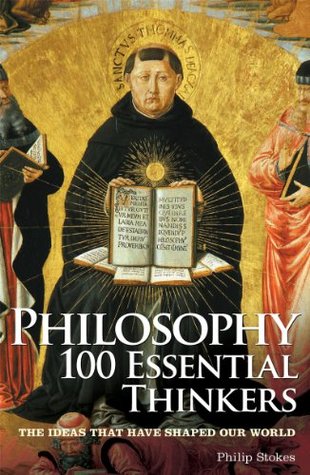The second philosophically interesting consequence of relativity is that although the speed of light is constant, its frequency (the number of waves of light per second) varies closer to massive objects like planets. This means time appears to run slower near a massive body than farther away. In 1962 physicists confirmed this prediction by using two very accurate clocks, one at the base and one at the top of a water tower. The clock at the base was found to run slower than the other. This gives rise to the famous ‘twins paradox’.
Welcome back. Just a moment while we sign you in to your Goodreads account.


